Lesson to be learned from Eastern Architecture
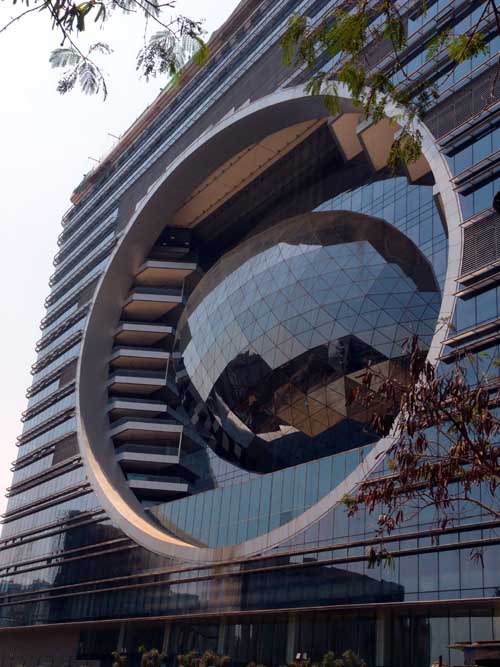 Impressive Modern Architecture Impacted by Deconstructivism.
Impressive Modern Architecture Impacted by Deconstructivism.
I just spent two weeks in an Eastern country. While sorting the 120GB of photos and videos taken there may easily take a year or so, I thought it would be interesting to share the early key observations. These items we often see in Western architecture as well; however, seldom with such intensity and clarity.
What helps is the assertiveness of the users and occupants of buildings, who clearly make their own statement about the performance of their facades by adding components improving their usefulness. It can help understand their needs and adjust the architecture to comfort them rather than fight them. Unfortunately, the Western architecture often lacks a honest feedback of this kind and therefore may continue to design oblivious to their users’ requirements.
- Modern Architecture. In course of my trip, I frequently over-estimated age of buildings, guessing their age at decades, while they were constructed only couple of years ago. Although very creative architecture, it doesn’t stay attractive very long due to deferred maintenance and other factors mentioned below.
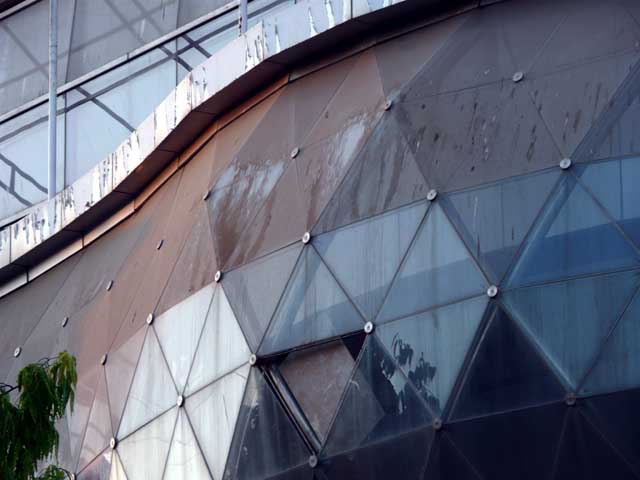
Modern architecture spoiled by deferred maintenance: lack of window washing, peeling of the protective film of aluminum composite panels, and the triangular point-supported glass. Such a glass is challenging to replace; therefore, a re-glazing is doomed.
- Air Conditioning is commonly incorporated in the architecture after the design and construction is finished. Modern exterior architecture features vast expanses of glass, which prompt users to add mini-split and min-package air conditioners wherever they see it fit.
- Expensive and Impressive monumental skylights in large prominent buildings are covered with tarps to limit the solar heat gain. Light is supplied by huge electric fixtures instead. Not surprisingly, considering the air conditioning is composed of hundreds of small split units, with individual condensers hanging on the exterior facade. Uncover the skylight and the occupants would fry.
- Exposed AC evaporators and package units hurt interior architecture, characterized by its heavy deco style, opulent hand-made decorations and attention to customized detail. Central AC in a brand new building would easily hide the industrial ugliness of individual AC units. However, architects design dozens of mini-splits, with separate evaporators and separate condensers for each room, multiplying the cost and spoiling both interior and exterior. The resulting sheer number of condensers are difficult to hide on facades.
- In spite of what you might have heard, Asians are very individualistic and following the Hundertwasser’s window rights: a tenant has a right to change on the outside wall whatever he wants, as far as his arm can reach. This is often seen split into the following separate rights:
- Everybody has a right to their own condenser, installed wherever it was most convenient, including broken glazing fields of curtain walls.
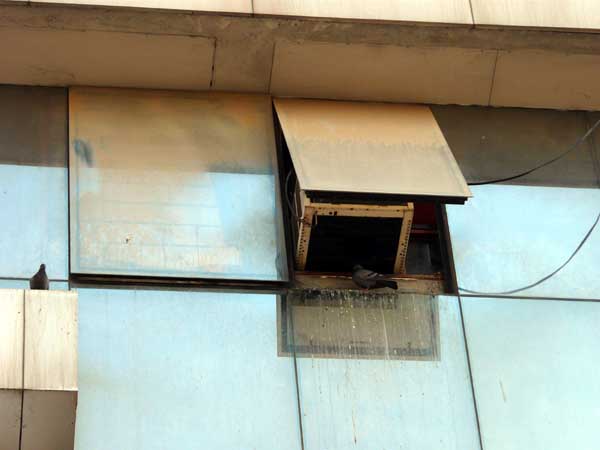
Package AC fit into a projecting window of a structural curtain wall, giving shelter to a happy pigeon.
- Animals and plants have an equal right to the facades. Most facades are designed to welcome pigeons, squirrels, monkeys, and other pests.
- Everybody has a right to their own bathroom fan.
- Everybody has a right to their own bars, with their unique shapes, colors, and patterns. On a single residential highrise building, I counted more than 20 different bar styles. Occupants of the most modern buildings have bars hidden behind reflective windows. When they are open, one can still see all kinds of shapes and configurations.
- Sunshades and window treatments.
- Everybody has a right to enclose their balcony or any other similar space in a unique style.
- Aftermarket glass tint film to keep the sun out. It deteriorates and blisters quickly and is hard to remove, leaving random patterns for everyone to see.
- Everybody can use their own privacy screen. Straw mats are ecological, local made, and reusable.
- Everybody has a right to run their own circuits and plumbing outside.
- Too bad it’s also the right of the architect designing the brand new facade from the scratch, as seen on the example below:
- Everybody has a right to a huge advertisement banner or a neon sign. The sound attachment is a a secondary concern.
- The same is true with respect to antennae. Some are larger than the building hosting them.
- If all else failed, and you lack invention to make your own window, just ask an architect. Deco style is in fashion these days, as seen on this brand new building:
- Historic Architecture is as stunning, as it is neglected. The modern architecture was observed to almost universally disregard the character of the neighborhood. However, it’s somehow funny to see the modern facades squeezed into historic elevations, and exhibiting worse condition after several years in operation than hundreds-years old wooden facades around them.
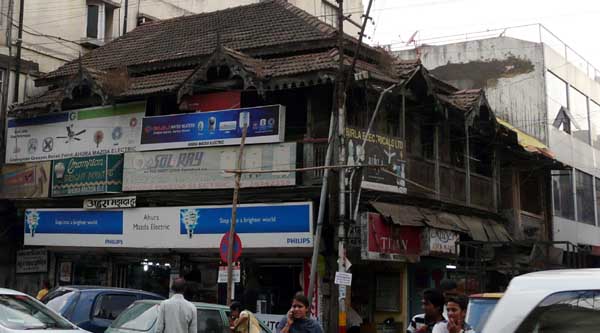
Quintessential Indian residential architecture disappearing under ads. Note accentuated roof eave, elaborately carved roof fascia, and balcony guards.
- Life is Everywhere. People actually add to the facades by becoming an essential part of them.
- Facade Hazard Everywhere. In the country where the concern for safety is pushed onto pedestrians, the curtain wall windows hanging by a single hinge, collapsed advertisement boards, and spalling concrete pushed by rusting reinforcement should not surprise anyone.
- In the new high-rise construction, safety guards and hard hats are seldom seen, and construction materials are carried by barefoot women.
- Exposed electric circuits are always within reach, including huge trafos. Large generators are often later added to building facades due to unpredictable utilities.
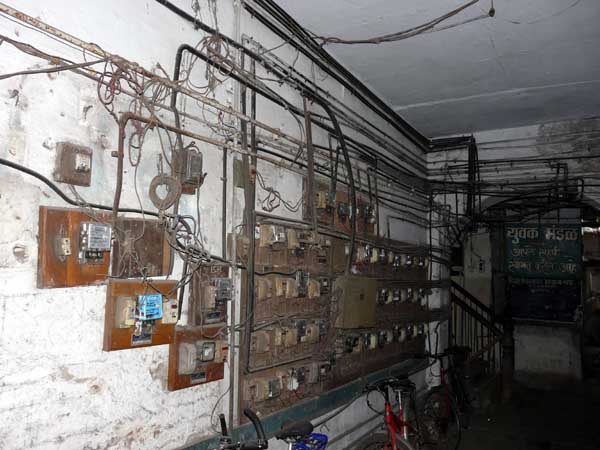
Electric meters and exposed wiring in a typical residential lobby. User beware. The opposite wall looks the same.
- Facade Water Management is generally absent. India construction is predominantly reinforced concrete void of any waterproofing, flashing, copings, or any other components of weather resistance. Owning to the unfortunate injection of modernism by architects such as Le Corbusier and Louis Kahn, projections and slopes are also missing. Add an ambitious architect to cover the entire elevation with an expensive tile cladding, and the results are stunning as on the photo below. Heavy water staining was the most typical reason why I frequently overestimated the age of facades.
- The structural concrete is often left without finish. Some users butter-seal the cracks to stop water leaks, adding life to the monotonous elevations. The result looks like the facade was wrapped in a gigantic wine which was pulled away, leaving root marks.
- Due to nationwide water shortages, large plastic water tanks, are the staple of facades, typically placed on roofs and terraces . Here water is supplied by a tractor-pulled tank for a high-rise tower. Is it the future for places like Las Vegas, NV?
- P.S. While taking these photos, I had an opportunity to speak with two young architects, both fresh Masters graduates of a prestigious British University, with their heads full of newly-learned concepts, enthusiastically discussing passive solar design, wind cross-ventilation, and similar strategies fundamentally impractical in the modern high-rise architecture, absent mechanical efficiency cycles. When I mentioned the need for mechanical design coordination they gave me empty look and quickly changed the subject. What is it that architectural universities teach these days?
- I plan to combine these photos and videos in a seminar perversely titled “What Western Architecture can Learn from the East.” Let me know if you are interested in seeing it, it would incentivize me to get it done earlier than otherwise.

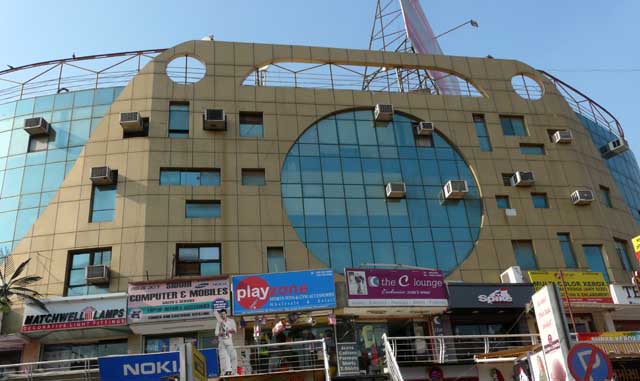
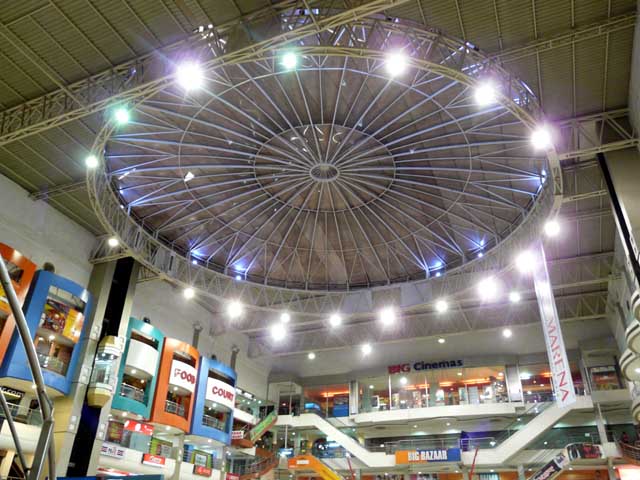


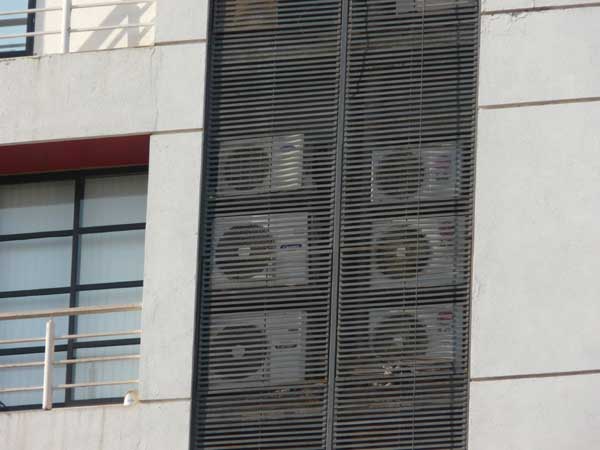
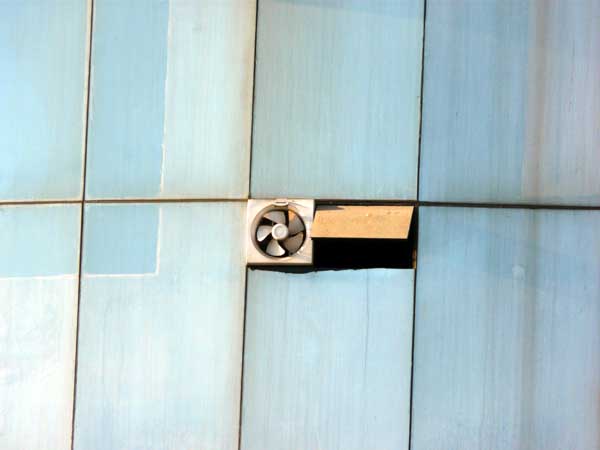
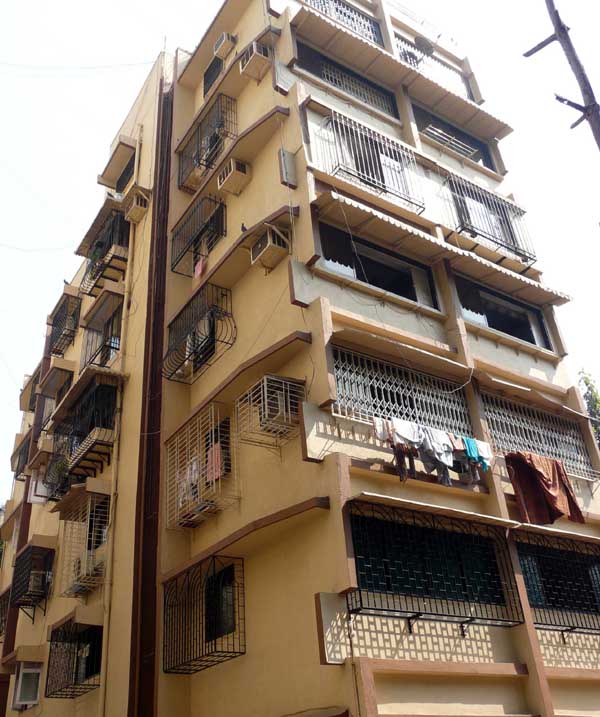
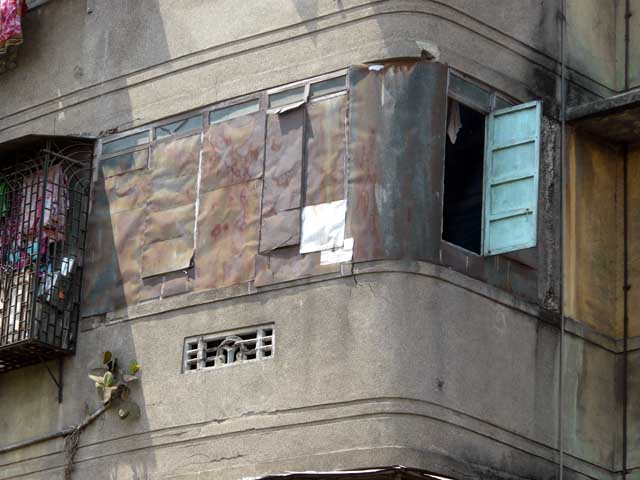
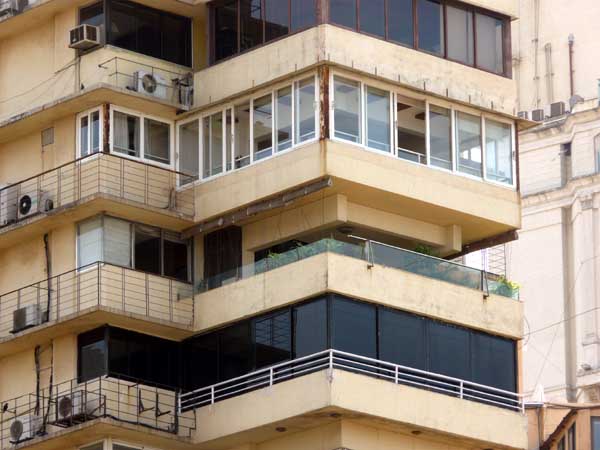
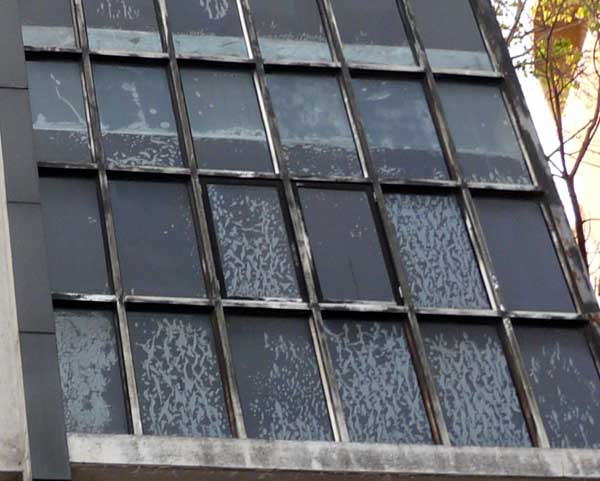
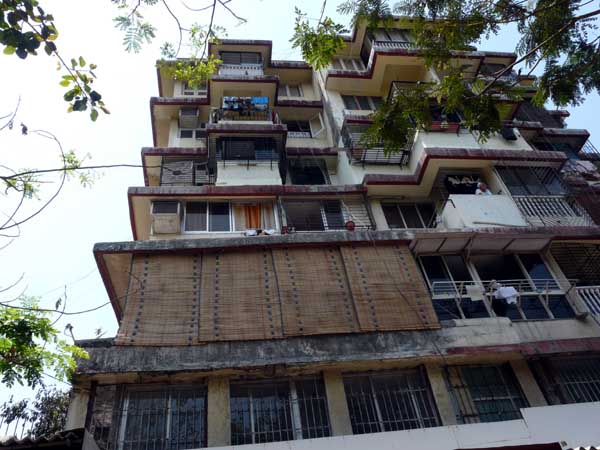
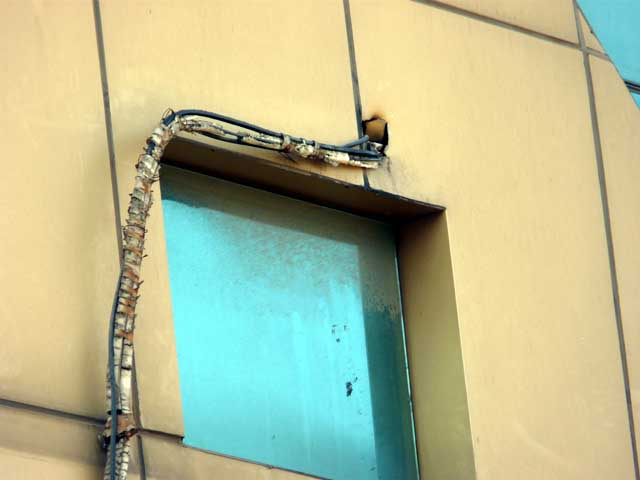
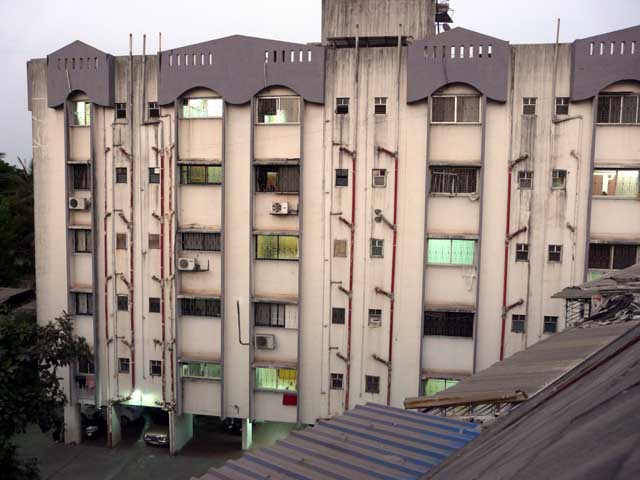
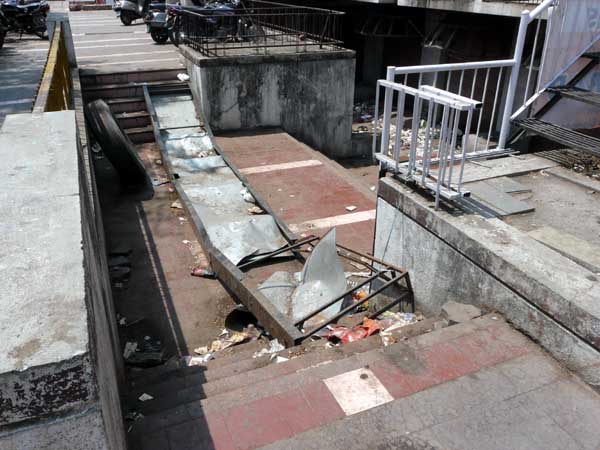
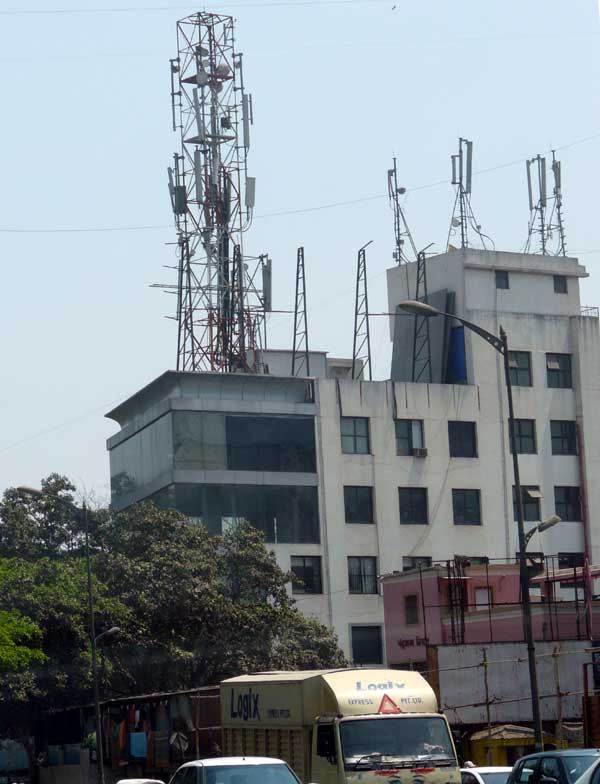
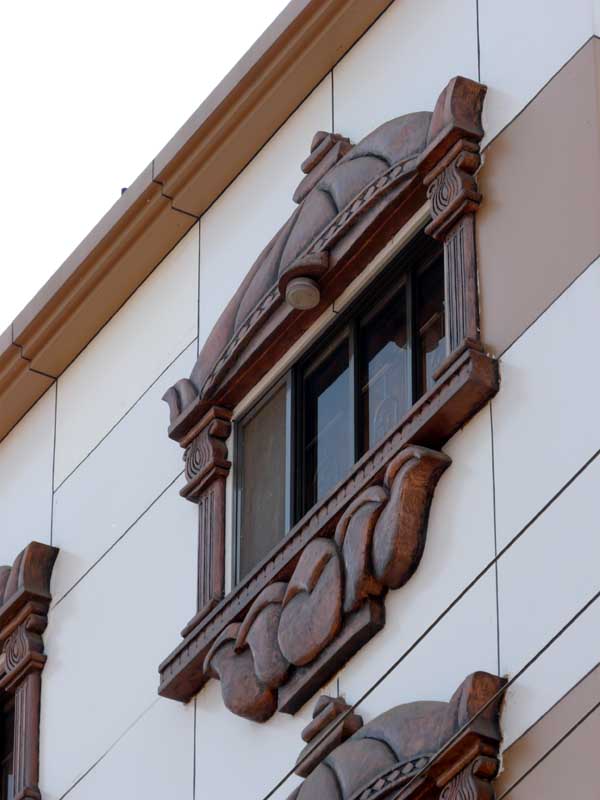
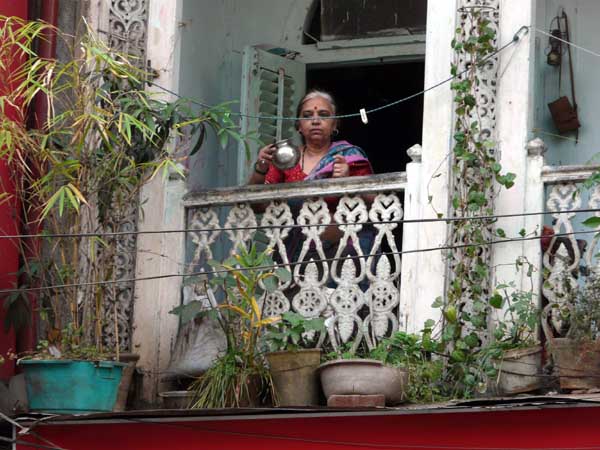
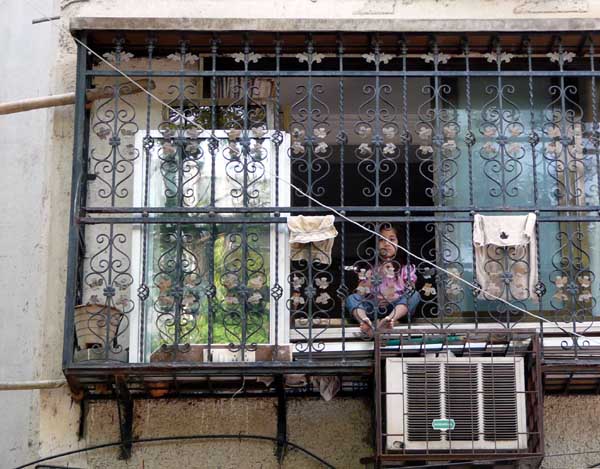
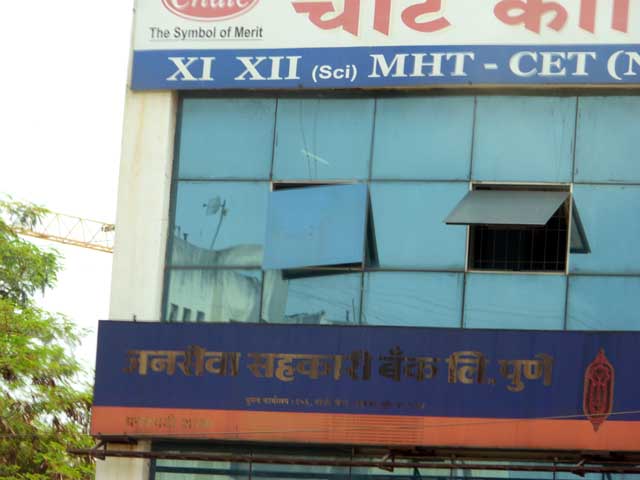

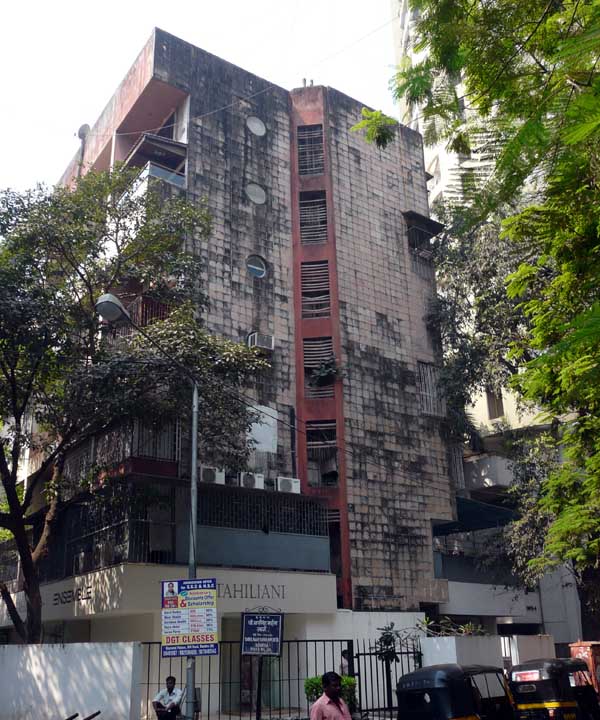
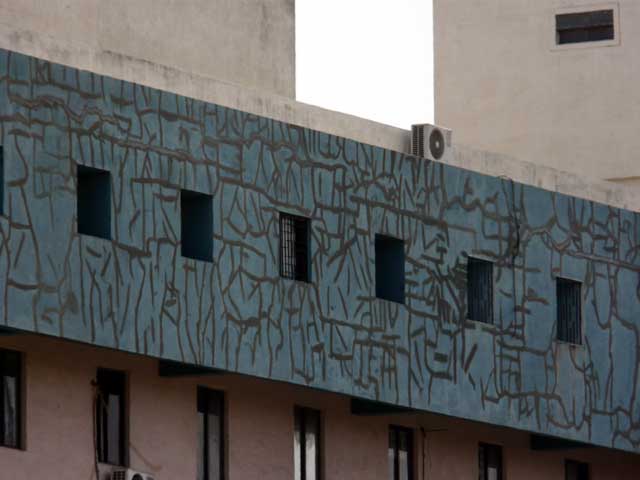

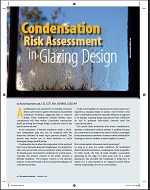 Condensation Risk Assessment
Condensation Risk Assessment Facade Access
Facade Access Facade Engineering. How To Design a Functional Building Enclosure
Facade Engineering. How To Design a Functional Building Enclosure Facade Impact Resistance Manual
Facade Impact Resistance Manual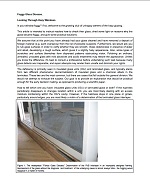 Foggy Glass Disease
Foggy Glass Disease How To Write and Read a Forensic Report
How To Write and Read a Forensic Report Movements and Tolerances
Movements and Tolerances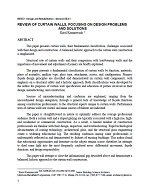 Review of Curtain Walls, Focusing on Design Problems and Solutions
Review of Curtain Walls, Focusing on Design Problems and Solutions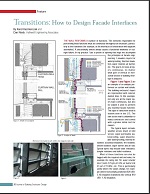 Transitions: How to Design Facade Interfaces
Transitions: How to Design Facade Interfaces When You Need A Window – Solar Design
When You Need A Window – Solar Design
Leave a Reply
You must be logged in to post a comment.